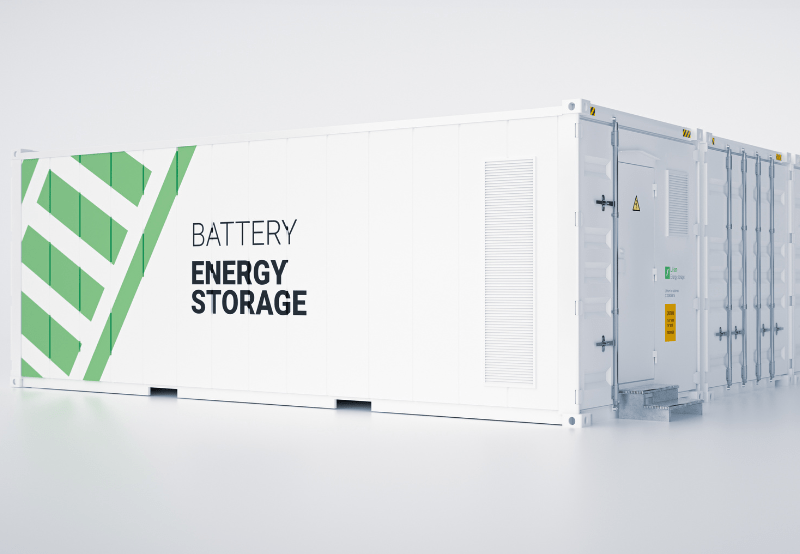AMPYR Australia and Shell Energy Australia have signed a joint development agreement for a proposed battery energy storage system located in Wellington in the New South Wales region.
The 500 MW/ 1,000 MWh project is dubbed as one of the largest battery storage system in the region. It is expected to commence operations in mid-2023.
"AMPYR is proud to be partnering with Shell Energy on the Wellington BESS, which will be one of the largest battery storage projects in NSW, contributing to the reliability of the National Electricity Market and further advancing Australia's clean energy future," Ben Salmon, AMPYR's Director said.
"It is a very exciting time for renewable energy in Central West NSW, with over 3GW of utility-scale wind and solar operating, in construction and under development. This is great for the economy of Central West NSW. AMPYR is proud that the Wellington BESS will boost growth in regional NSW and form a critical part of the new energy future for the region," Salmon added.
It is said that the Wellington BESS will connect to the adjacent TransGrid Wellington substation, adjacent to the Central West Orana Renewable Energy Zone (REZ). It will complement nearby existing renewable energy generation assets as well as the proposed additional generation to be delivered as part of the Central West Orana REZ.
Shell Energy's Chief Executive Officer Greg Joiner said that his company is excited to contribute to the growth of firming capacity in regional NSW.
"This partnership with AMPYR signals our commitment to accelerating the energy transition, with this project contributing to improved reliability for the grid and energy consumers in the state. This is another example of how Shell Energy is powering progress in Australia through investment in low-carbon solutions," Joiner commented.
The partners have said that the BESS will smooth out fluctuations in electricity supply from these new intermittent power sources, providing system security benefits and other network services. The project has been under development for over 18 months, and the Environmental Impact Statement (EIS) is expected to be released for public consultation later this month.
Read More

